Rick
Well-Known Member
Well I've had a busy Fall in 2015 with some interesting herpetological activities.
Starting at the end of September, I got called in to conduct a stream survey to determine the absence/presence of the endangered Nashville crayfish (Orconectes shoupi) in a little, mostly dry, tributary of the only known location of this species (Mill Creek in the Nashville basin).
I didn't find any shoupi but found some common crayfish species such as this very similar Orconectes durelli.
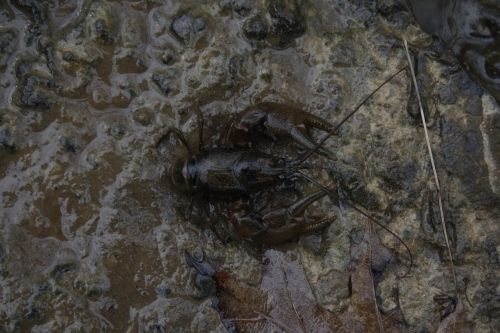
But I also came across a salamander that I was not familiar with. I knew it was an Ambystoma (mole salamander) of some kind, but couldn't ID to the species. I passed the photo around to the salamander experts and they tentatively ID'ed it as the Streamside salamander A. barbouri.
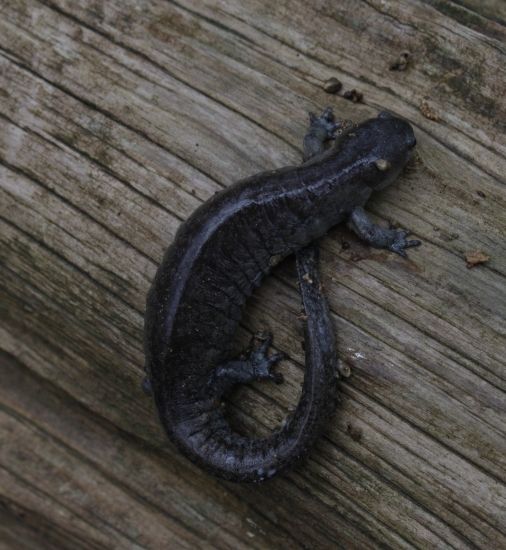
This pic is actually a big female we found in subsequent trips, not the little juvenile I found in my first survey.
Turns out that A. barbouri is pretty rare in TN and never been found in the Mill Creek system (so this discovery was a range extension). In Tennessee it seems only to be found in ephemeral (dry most of the year) limestone bottom creeks, often with sinkholes so fish passage is precluded during the wet season. Adults spend the bulk of the dry season underground in burrows in adjacent field and forests.
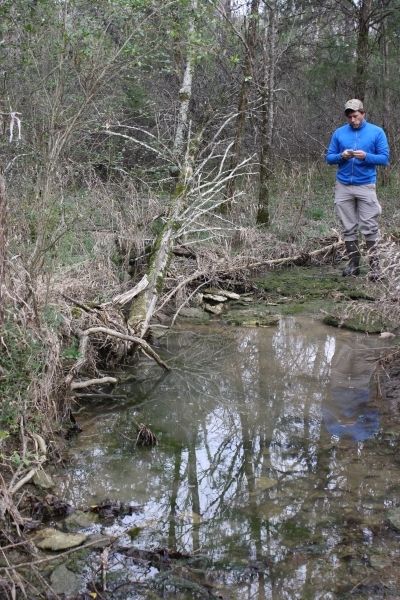
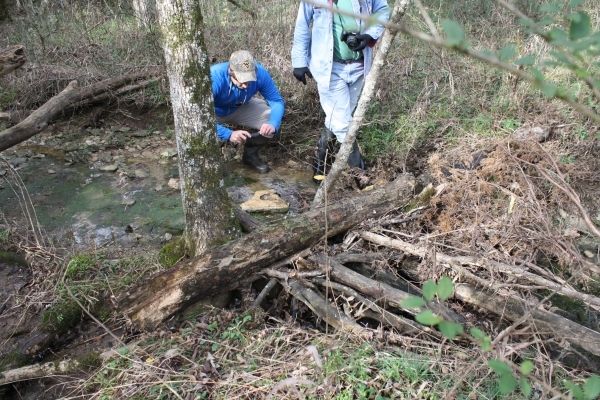
Here's a couple pics with the professors from MTSU and NST that came out for surveys in November and December to verify the finding and determine the status of the population.
The Streamside salamander breeds in the winter. After meeting up with males in the stream channel, the females lay eggs on the bottom of rocks.
Here's a pic of some eggs getting ready to hatch.
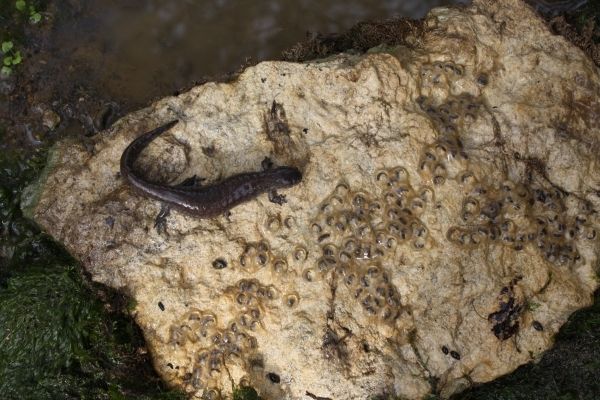
You can see in the habitat photos that even in December there's not much water in the channel, and most of the egg laying sites barely had any water flowing under them. This makes them susceptible to both drying out or freezing when we have a dry winters. Both conditions seem to be more frequent with present climate change conditions.
Also the places where A. barbouri are left seem to be popular for housing development.
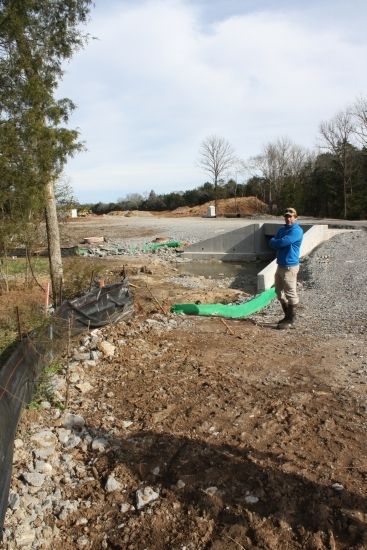
Anyway its been a busy last 4 months.
Starting at the end of September, I got called in to conduct a stream survey to determine the absence/presence of the endangered Nashville crayfish (Orconectes shoupi) in a little, mostly dry, tributary of the only known location of this species (Mill Creek in the Nashville basin).
I didn't find any shoupi but found some common crayfish species such as this very similar Orconectes durelli.

But I also came across a salamander that I was not familiar with. I knew it was an Ambystoma (mole salamander) of some kind, but couldn't ID to the species. I passed the photo around to the salamander experts and they tentatively ID'ed it as the Streamside salamander A. barbouri.

This pic is actually a big female we found in subsequent trips, not the little juvenile I found in my first survey.
Turns out that A. barbouri is pretty rare in TN and never been found in the Mill Creek system (so this discovery was a range extension). In Tennessee it seems only to be found in ephemeral (dry most of the year) limestone bottom creeks, often with sinkholes so fish passage is precluded during the wet season. Adults spend the bulk of the dry season underground in burrows in adjacent field and forests.


Here's a couple pics with the professors from MTSU and NST that came out for surveys in November and December to verify the finding and determine the status of the population.
The Streamside salamander breeds in the winter. After meeting up with males in the stream channel, the females lay eggs on the bottom of rocks.
Here's a pic of some eggs getting ready to hatch.

You can see in the habitat photos that even in December there's not much water in the channel, and most of the egg laying sites barely had any water flowing under them. This makes them susceptible to both drying out or freezing when we have a dry winters. Both conditions seem to be more frequent with present climate change conditions.
Also the places where A. barbouri are left seem to be popular for housing development.

Anyway its been a busy last 4 months.



